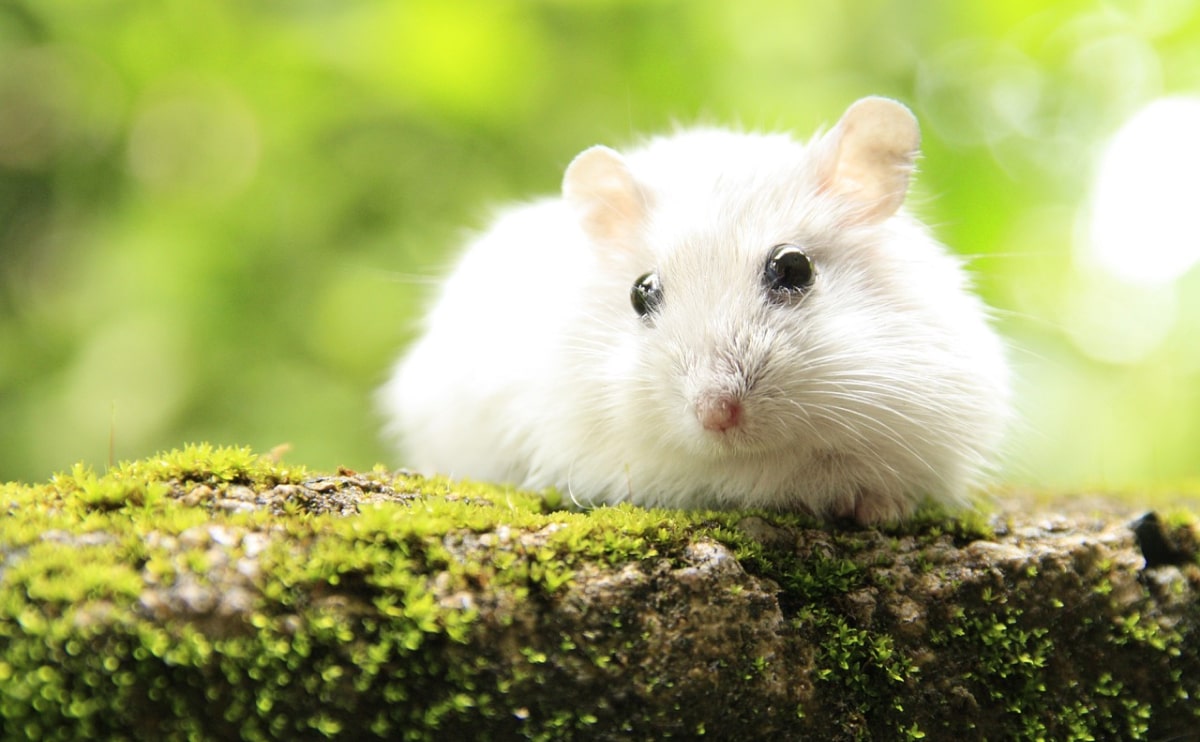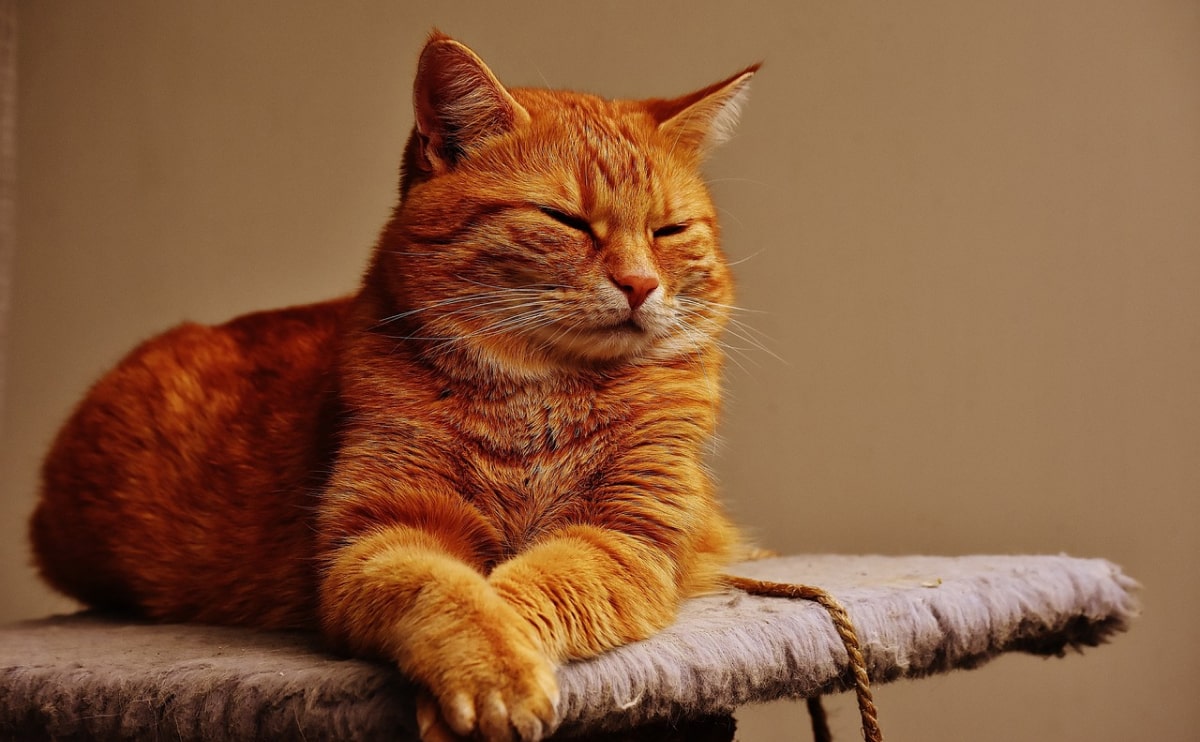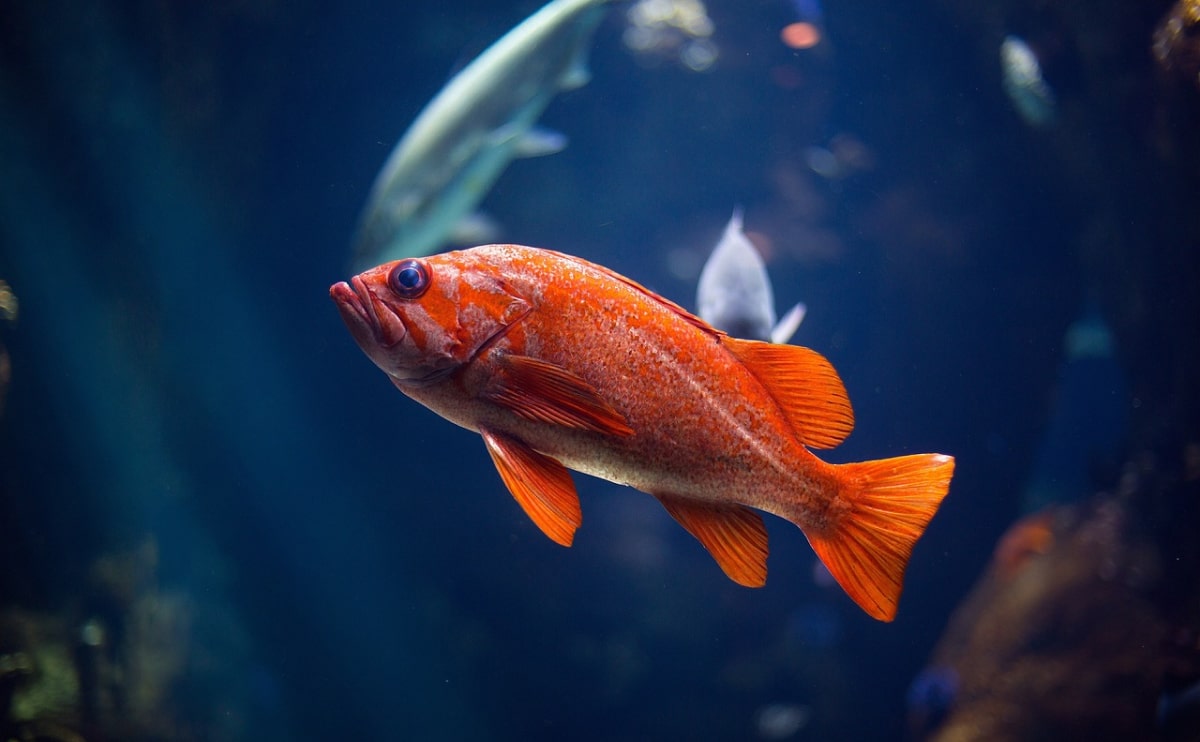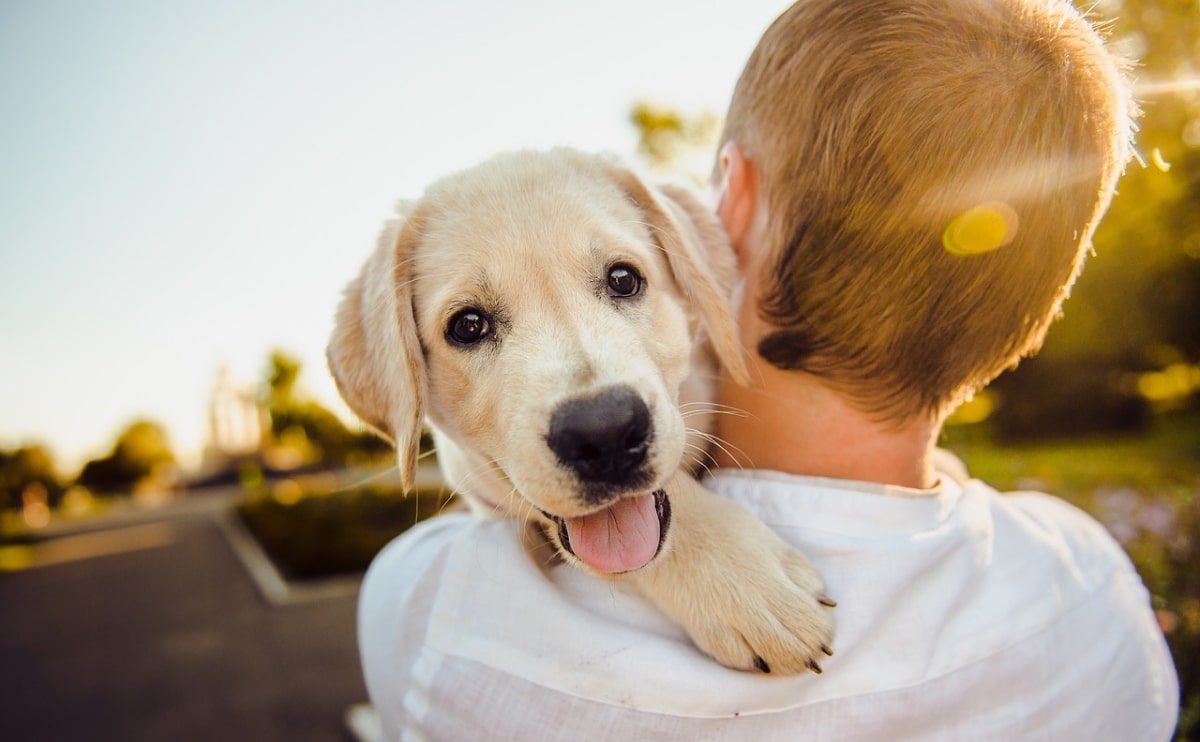Blog
Osyougatsu -Japanese New Year’s Day-
The first day of the month is called “Osyougatsu” in Japan. And January 1st to January 3rd is called “Sanganichi” 三が日(three days).
There are many different ways to celebrate the New Year all over the world. I would like to introduce you to the “Osyougatsu” お正月 Japanese New Year.
Hatsuhinode 初日の出
Ozouni お雑煮
The first thing we eat on New Year’s Day, January 1st, is ozoni.
Ozoni is a very deep dish, and the way it is prepared is completely different in each region of Japan.
It is still the same soup with rice cakes in the soup stock, but it uses miso and many vegetables, and it is completely different between Tokyo and Osaka.
For this reason, I will introduce the details of ozoni in another article.
Hatsumoude 初詣
Hatsumoude means “first visit to a shrine” in Japanese.
Hatsumoude is an event where people go to visit a shrine at the beginning of the year.
Most people go on January 1st, but some people go on the 2nd or 3rd.
There are also people who go to Hatsumoude Hatsumode after midnight, as mentioned in the article on New Year’s Eve.
Of all the events in Japan, New Year’s is the biggest. Every Japanese person, young or old, will go to Hatsumode.
Omikuji おみくじ
When you go to a shrine for Hatsumode (New Year’s visit to a Shinto shrine), you will find omikuji. Omikuji is a kind of simple fortune-telling. You draw a lot and read your fortune for the year.
The method is very simple, just write a lot and look at the kanji characters written on the paper.
On the paper are written these kinds of kanji.
大吉、中吉、小吉、吉、半吉、後吉、後小吉、凶、小凶、半凶、後凶、大凶、大凶
Great Good Luck, Middle Good Luck, Small Good Luck, Good Luck, Half Good Luck, Late Good Luck, Late Small Luck, Bad Luck, Small Bad Luck, Half Bad Luck, Late Bad Luck, Great Bad Luck
They are arranged in order of auspiciousness from left to right.
New Year’s card 年賀状
Just as we write Christmas cards overseas, we have a custom in Japan called Nengajou.
The card is about the size of a postcard and is made with an original design.
We send New Year’s cards to those who have been good to us in the past, to express our gratitude, or to those who are too far away to see us, to wish them a happy new year and report on their recent activities.
Otoshidama お年玉
In many households, relatives gather for New Year’s Day. It is customary to give money as Otoshidama New Year’s gifts.
The basic rule is that the adults give the money to the children.
Originally, rice cakes offered to the gods were given to children to share, which is said to be the origin of the New Year’s gift.
In addition
Here are some other old Japanese customs that are not so common nowadays.O
Osechi Ryouri おせち料理 Food served during the New Year’s Holidays
Dashimaki だし巻き and Kuromame 黒豆 (black soybeans) are gorgeous dishes made with ingredients unique to Osechi ryori. This dish is called Osechi-ryori.
Each of these ingredients has its own meaning, for example, chestnut kintoons are good luck for money and black beans are good luck for work.
Fukuwarai 福笑い
This is a game where you take apart the eyebrows, eyes, nose, and mouth parts of a picture and blindfold them to make a good face. Because of the blindfold, there are many cases where the result is not perfect. The expressions on the finished faces are very interesting, and the game never ceases to make me laugh.
There are also other traditional games such as kite flying, spinning, and feather poking.






